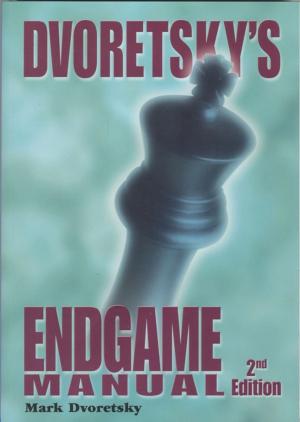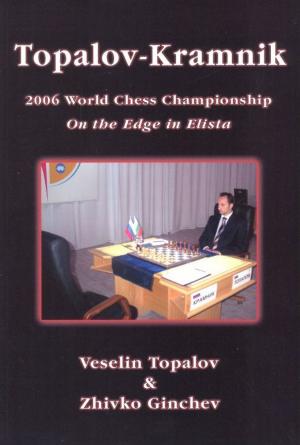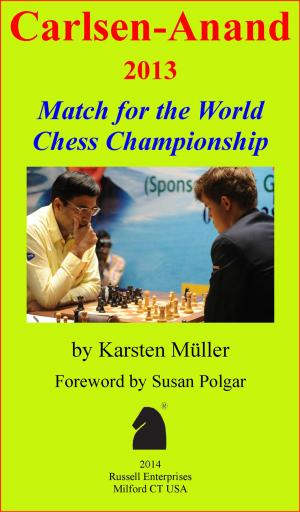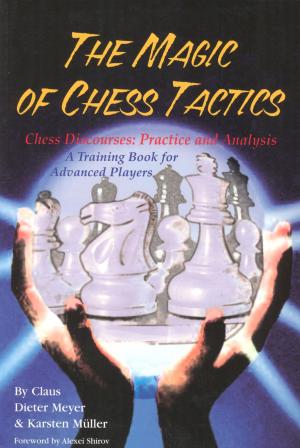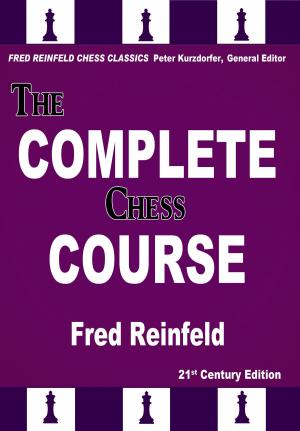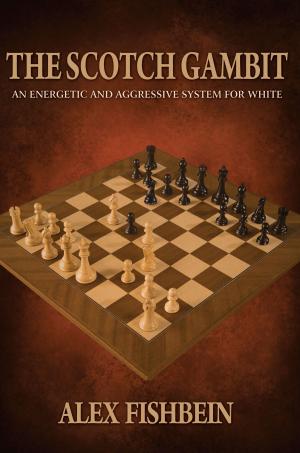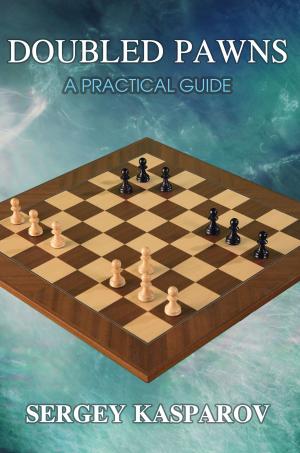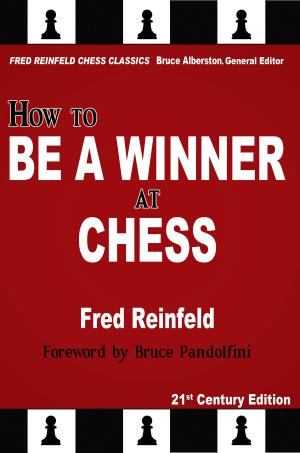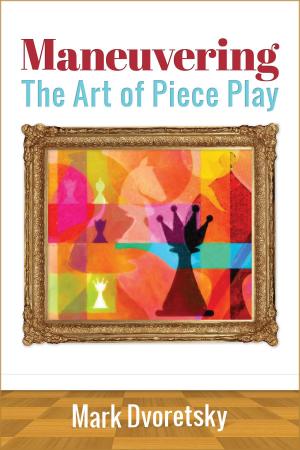| Author: | Richard Reti | ISBN: | 9781888690781 |
| Publisher: | Russell Enterprises, Inc. | Publication: | December 15, 2009 |
| Imprint: | Russell Enterprises, Inc. | Language: | English |
| Author: | Richard Reti |
| ISBN: | 9781888690781 |
| Publisher: | Russell Enterprises, Inc. |
| Publication: | December 15, 2009 |
| Imprint: | Russell Enterprises, Inc. |
| Language: | English |
"Modern Ideas in Chess" is a series of 45 essays dealing with the evolution of the game, its leading players, their ideas and contributions to their respective periods. The chronology starts in the Romantic era of Anderssen and Morphy, continues through the Classical School of Steinitz, Tarrasch, Lasker, and runs to the dawn of the Hypermodern Revolution, the 70-year stretch from 1852 to 1922. Working in small chunks, Réti had to be selective in what he extracted from each player and period. Plus the individual elements all had to tie in with the larger canvas Réti was painting for his readers. You don’t have to get too far into the book to realize that Réti was a creative artist using the tension of chess ideas to reflect the larger “intellectual struggle of mankind.†How does Réti do it? A solid chess foundation obviously helps, also keen observation of the human experience coupled with a powerful command of language. Together these serve up indelible images that stick in the mind of the reader and lift this work far above the ordinary. Modern Ideas in Chess is one of the rare books that transcends the time frame in which it was written. It stands on its own, timeless, one of the true classics in the literature of the game.
"Modern Ideas in Chess" is a series of 45 essays dealing with the evolution of the game, its leading players, their ideas and contributions to their respective periods. The chronology starts in the Romantic era of Anderssen and Morphy, continues through the Classical School of Steinitz, Tarrasch, Lasker, and runs to the dawn of the Hypermodern Revolution, the 70-year stretch from 1852 to 1922. Working in small chunks, Réti had to be selective in what he extracted from each player and period. Plus the individual elements all had to tie in with the larger canvas Réti was painting for his readers. You don’t have to get too far into the book to realize that Réti was a creative artist using the tension of chess ideas to reflect the larger “intellectual struggle of mankind.†How does Réti do it? A solid chess foundation obviously helps, also keen observation of the human experience coupled with a powerful command of language. Together these serve up indelible images that stick in the mind of the reader and lift this work far above the ordinary. Modern Ideas in Chess is one of the rare books that transcends the time frame in which it was written. It stands on its own, timeless, one of the true classics in the literature of the game.

